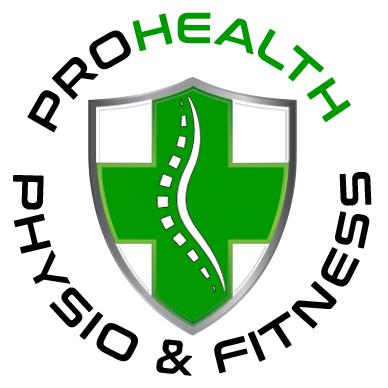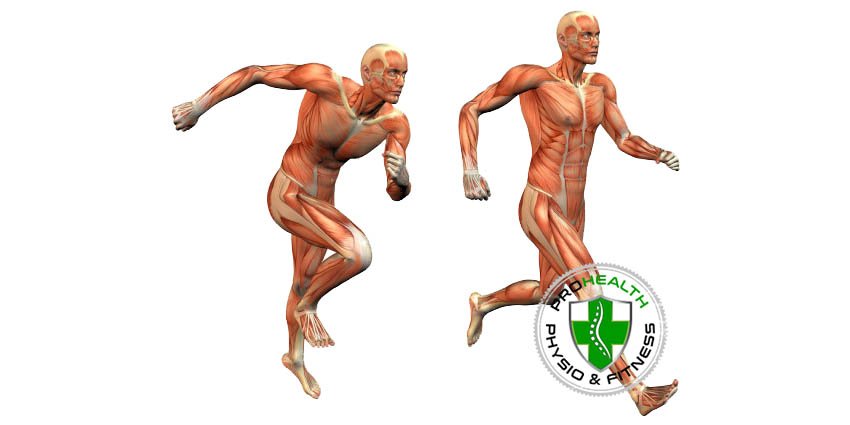Hamstring and calf strains are among the most common and frustrating injuries faced by athletes and active individuals. Whether you’re sprinting down the field, powering through a workout, or simply enjoying recreational sports, these muscle groups play a vital role in movement, stability, and performance. At PROHEALTH PHYSIO & FITNESS (EP), we understand how disruptive these injuries can be not just physically, but mentally and emotionally.
That’s why prevention is key. With the right strategies, you can reduce your risk, enhance your mobility, and keep doing what you love without setbacks. In this article, we’ll explore expert-backed techniques to protect your hamstrings and calves, improve your athletic performance, and build long-term resilience.
Understanding the Risk
Hamstring and calf strains typically occur due to:
- Sudden acceleration or deceleration
- Poor flexibility or muscle imbalance
- Inadequate warm-up or recovery
- Fatigue and overtraining
Proven Prevention Strategies
1. Dynamic Warm-Ups
Before any workout or game, activate your muscles with dynamic movements:
- Leg swings
- High knees
- Butt kicks
- Walking lunges
These increase blood flow and prepare your muscles for action.
2. Strength Training
Targeted strength training builds resilience:
- Hamstrings: Nordic curls, Romanian deadlifts, glute bridges
- Calves: Standing and seated calf raises, plyometric hops
Focus on eccentric (lengthening) exercises to reduce strain risk.
3. Flexibility & Mobility Work
Tight muscles are more prone to injury. Incorporate:
- Static stretching post-exercise
- Foam rolling and massage therapy
- Yoga or mobility drills for hips, hamstrings, and calves
4. Neuromuscular Control
Balance and coordination training helps your body react safely:
- Single-leg exercises
- Agility drills
- Proprioception work (e.g., balance boards)
5. Gradual Progression
Avoid sudden spikes in training intensity or volume. Follow the 10% rule: increase your workload by no more than 10% per week.
6. Recovery & Hydration
Muscles need time to repair. Prioritize:
- Sleep
- Hydration
- Proper nutrition
- Active recovery days
7. Professional Assessment
At PROHEALTH PHYSIO & FITNESS (EP), we offer:
- Biomechanical screenings
- Personalised injury prevention plans
- Hands-on physiotherapy and sports rehab
Hamstring
- Hamstring curl with theraband
- Position: lying on your stomach
- Start with knee straight, finish with knee bend

Hamstring stretching in sitting
- Position: sitting on chair with one leg out straight in front of you
- Sit tall and lean forward keeping your back straight

Calf (Gastrocnemius)
- Single leg/double leg heel raise
- Position: standing
- Start with your heel on the ground, push up on your toes

Calf stretch in standing position
- Position: standing with one leg in front of the other and your hands resting on a wall
- Lunge forward while keeping your back leg straight. Ensure that both feet point forward and your back heel remains on the ground

Our expert team ensures you’re not just fit, but functionally strong and injury-resistant.
Why Choose PROHEALTH PHYSIO & FITNESS (EP)?
We combine evidence-based physiotherapy with elite-level fitness coaching to help athletes of all levels:
- Prevent injuries before they happen
- Recover faster and smarter
- Perform at their peak
Ready to bulletproof your hamstrings and calves? Book your injury prevention assessment today at PROHEALTH PHYSIO & FITNESS (EP) where movement meets mastery.
Contact our friendly team for personalised treatment and support.
Reference:
Source: NY Bone and Joint
Title: Preventing Calf and Hamstring Injuries | New York Bone & Joint
Read Time: 5 mins

